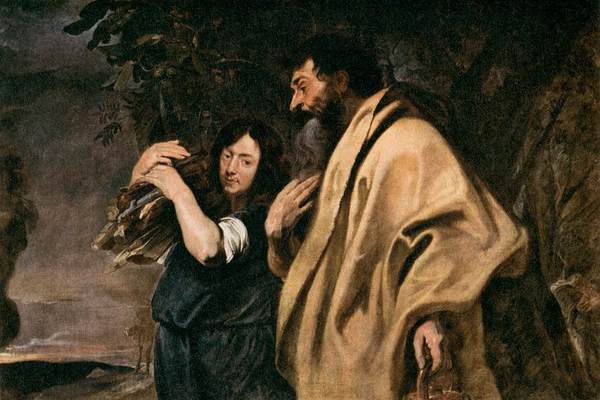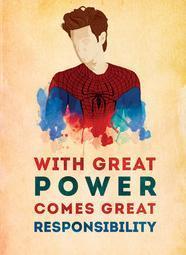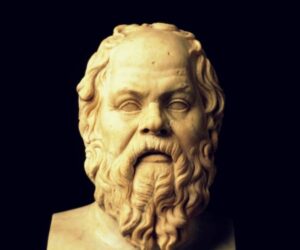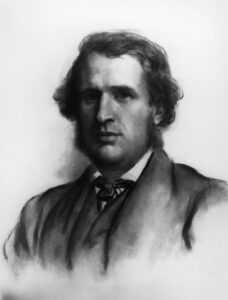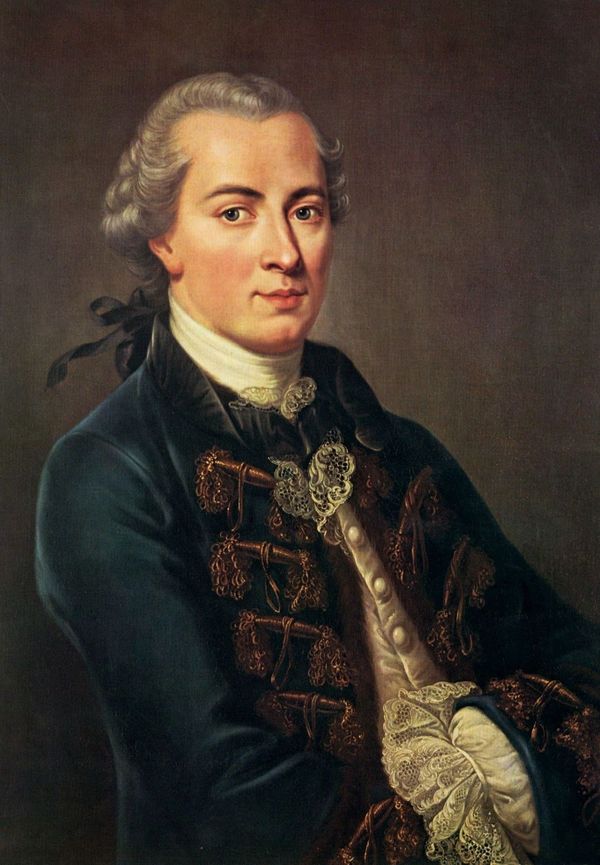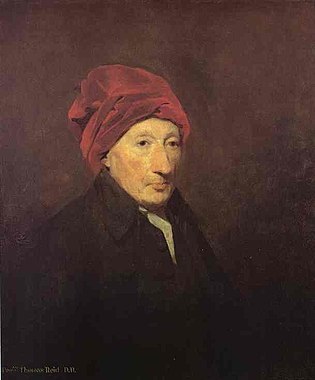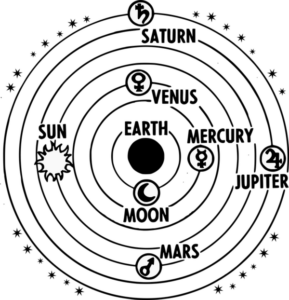Is religious faith absurd or paradoxical? Is a person of faith called to transcend the rational and moral realms? What does it mean to have an authentic religious faith? In this session, we look at existentialist philosopher Søren Kierkegaard’s theory of faith. Kierkegaard meditates on the apparent absurdity and immorality of Abraham’s willingness to sacrifice his son Isaac in order to demonstrate his faith in God.
Read This:
Kierkegaard’s Fear and Trembling: Embrace the Absurd
Key Concepts:
- Fideism vs. Rationalism
- The Problem of Abraham
- Teleological suspension of the ethical
Have questions or thoughts about the reading? Post them on PollEverywhere, and upvote any classmates’ responses that you’d like to cover in class. We’ll address the most upvoted responses during the Q&A part of class.
Do This:
- Complete Map to the Good Life Activity #3 before your next dialogue group meeting.
- If you would like to apply for the GGL Fellows Program, the application is due March 28. (Decisions will be released by April 17.)
Pre-Class Questions
Your responses to the following questions are due on Canvas before class. Your top 15 scores of the semester will count toward your final grade.
- How do you, personally, define “faith”? Do you agree with Kierkegaard’s idea that true faith transcends reason and morality? Explain why or why not.
- In your own words, explain how Kierkegaard thinks Abraham’s willingness to sacrifice Isaac differs from the other examples of “tragic heroes” he discusses.
- Give an example from your own life, the news, or a work of fiction you are familiar with where someone’s faith leads them to do something most people would think is highly irrational or immoral. In your view, is this act of faith admirable? Explain why or why not.
Map to the Good Life
This prompt will be one of your options to address in Activity #4 of Map to the Good Life, which will be due before your dialogue group meeting on March 31 or April 1.
Compare Kierkegaard’s conception of religious faith as a “teleological suspension of the ethical” with William James’ pragmatic approach to faith. Identify at least one specific significant difference between them, Then, either give a real-life example or craft a modern-day parable in which the difference you have identified between these perspectives on faith might lead to different conclusions or actions. Finally, discuss the broader implications of your example or parable for our understanding of faith.

